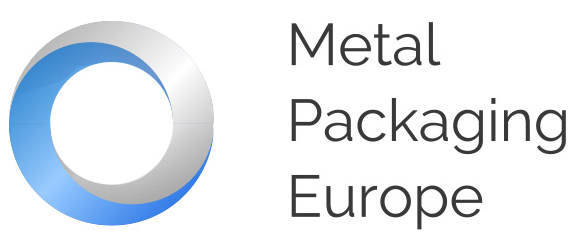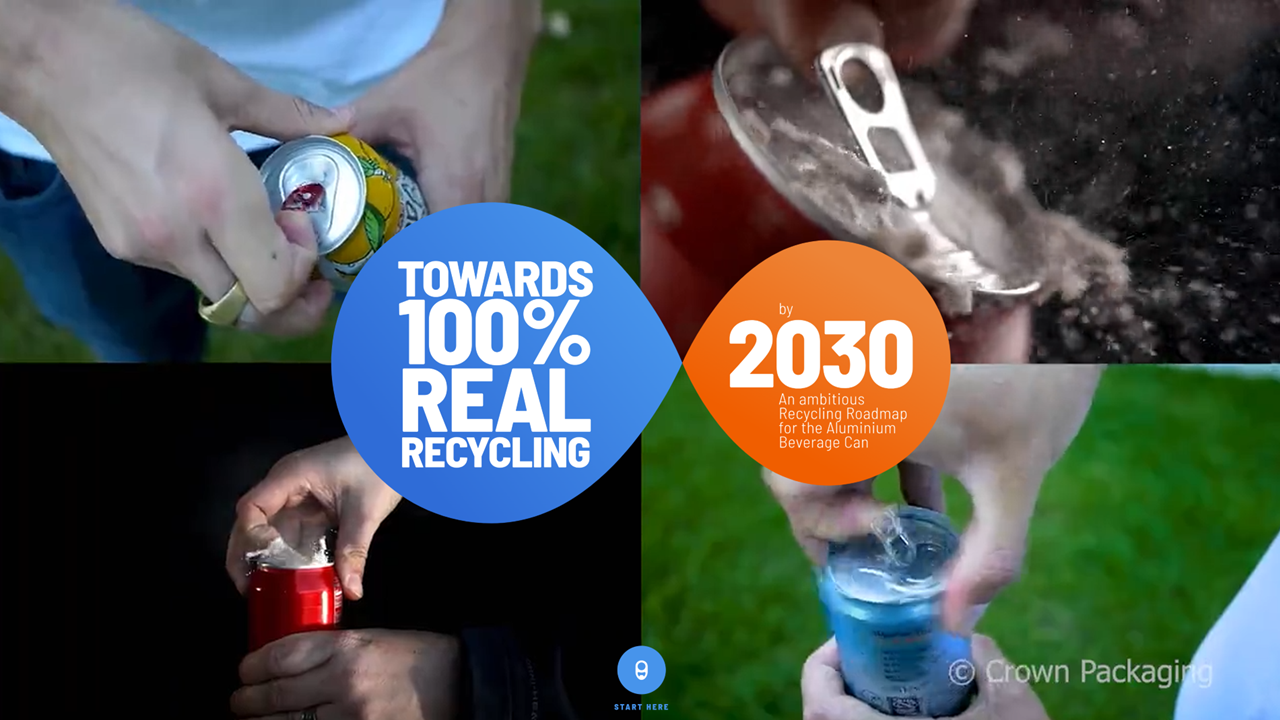Beverage cans & bottles
Dive into the first and second editions of The Loop, a digital magazine celebrating the best of the aluminium beverage can, for the latest innovation and sustainability updates.
Subscribe now and be the first to know when the next edition is released. Stay in the loop!
Well-designed DRS will play an essential role in helping to achieve the circular economy ambitions of the beverage industry in the EU and are pivotal to reaching close to 100% recycling by 2030, as set out in the Beverage Can Roadmap.
A can for every drink.
- Cans offer a packaging solution for all drinks. It is the ideal format for carbonated and non-carbonated beverages: from soft drinks, energy drinks and juices, to beer, wine and flavoured alcoholic beverages, through to water and dairy products.
A can for every occasion.
- Consumers are discovering new fun drinking occasions every day. Beverage cans are a perfect fit for their active, outdoor and on-the-go lifestyles.
- Cans have a place at picnics, parties, barbecues, sports clubs, … with a choice between single serve and cans you share with friends.
Convenient & fresh.
- Beverage cans are convenient, they chill faster than other packaging. The sound of opening a beverage can is a unique feature of product freshness.
Brand differentiation.
- Beverage cans provide smart packaging that attract consumers and give brands a competitive edge. A multitude of sizes, shapes and printing designs can be manufactured to individual customer requirements. Their large, printable surface area serves as a 360-degree billboard for brands on shelves.
Performance.
- Beverage cans are lightweight, yet unbreakable. They are impact-resistant, puncture-resistant and withstand extreme temperatures and pressure. Cans provide a total barrier against light, gas and oxygen, and thus preserve contents perfectly and deliver safe products.
Supply chain efficiency.
- Due to their inherent strength, beverage cans can be stacked to make maximum use of storage, offering excellent space optimisation. They are filled at high speeds with virtually no product loss, increasing overall efficiency.
- Thanks to their stackable shape, a truck carrying cans is able to transport twice as much liquid as a truck loaded with bottles, with a much lower risk of leaking or breakage.
Circularity.
- The aluminium beverage industry aims to achieve a recycling rate of 100% by 2030. Implementing well functioning deposit-return schemes across Europe will be essential to achieve this goal.
- When produced for the first time and properly collected and processed at the end of its life, a used beverage can becomes a raw material for new and endless production loops. Such materials will remain at the heart of any proven and well-functioning circular economy.
Not Just Recyclable,
But economically viable!
Some recyclable materials may never reach the status of recycled, since some processes are simply not viable or efficient. On the other hand, in terms of investment, infrastructure and the recycled product’s value, the can recycling process is already an accomplished reality. Through enhanced manufacturing processes, innovation, and recycling strategies, the environmental impact of can manufacturing was reduced by around 50% over the 2006 – 2018 period!¹
Unlike other packaging materials, aluminium does not degrade after repeated recycling processes, meaning that recycled metal has real value and is just as good as the original virgin raw material, only less energy intensive.
That’s why we talk about real circularity.


